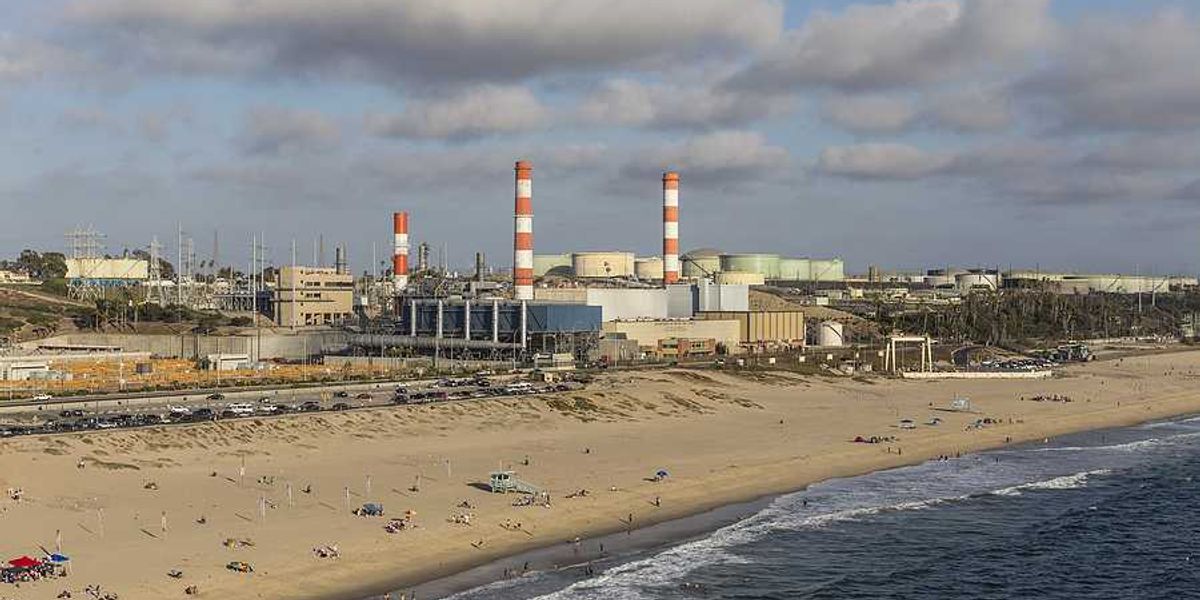
Great Barrier Reef suffers record coral loss despite recent gains, scientists find
A sharp bleaching event stripped away up to one-third of the reef’s living coral last year, even after a run of recovery since 2017.
Rod McGuirk reports for The Associated Press.
In short:
- The Australian Institute of Marine Science’s 2025 survey shows live coral cover fell 14% to 33% across the reef’s central, northern, and southern regions within 12 months.
- Heat-driven bleaching in 2024 triggered the biggest single-year decline in the 39-year monitoring record, yet overall coral cover remains near the long-term average thanks to earlier growth spurts.
- The drop comes amid a global bleaching crisis that has stressed 84% of the world’s reefs since January 2023, underscoring mounting climate volatility.
Key quote:
“While there’s still a lot of coral cover out there, these are record declines that we have seen in any one year of monitoring."
— Mike Emslie, head of long-term monitoring, Australian Institute of Marine Science
Why this matters:
Coral reefs form the beating heart of tropical seas, sheltering one-quarter of all marine species, feeding coastal communities, and buffering shorelines from storms. When prolonged heat drives corals to bleach, the loss reverberates through food webs, tourism economies, and fisheries worth billions of dollars a year. The Great Barrier Reef’s latest setback signals how even iconic, well-managed ecosystems struggle to outrun rising ocean temperatures, offering a preview of wider ecological and economic disruption if warming continues unchecked.
Related: Scientists document widespread coral deaths on Great Barrier Reef













